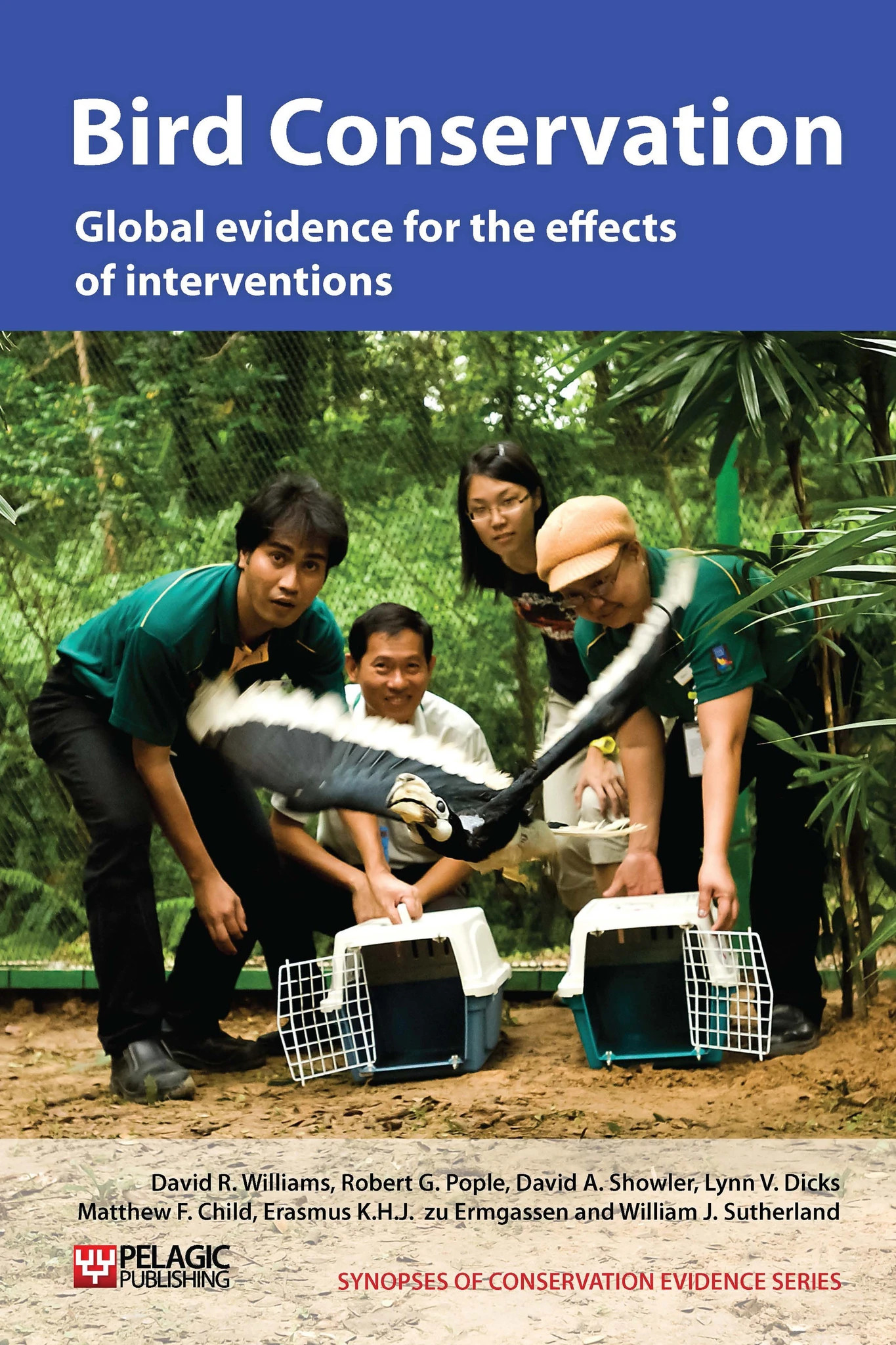Release birds in ‘coveys’
-
Overall effectiveness category Unknown effectiveness (limited evidence)
-
Number of studies: 3
View assessment score
Hide assessment score
How is the evidence assessed?
-
Effectiveness
40% -
Certainty
36% -
Harms
6%
Study locations
Supporting evidence from individual studies
A replicated study reviewing a houbara bustard Chlamydotis undulata macqueenii release programme in central Saudi Arabia between 1991 and 1993 (Jaime et al. 1996) found that releasing coveys of chicks into a large (4 km2) enclosure designed to exclude mammalian predators had low levels of success. Eight coveys with a total of 15 chicks were released along with eight females (rendered flightless). Of these only five birds integrated into wild flocks with five leaving the enclosure and being predated by mammalian predators; two were killed inside the enclosure and three died of disease. Other release techniques and descriptions of the captive-breeding programme are discussed in ‘Use captive breeding to increase or maintain populations’, ‘Use artificial insemination in captive breeding’, ‘Release captive-bred individuals’, ‘Use holding pens at site of release’ and ‘Use holding pens at site of release and clip birds’ wings’.
Study and other actions testedA before-and-after study from the Aleutian Islands, Alaska, USA on the cackling goose Branta hutchinsii recovery programme (USFWS 2001) found that releasing geese in family groups proved a better strategy than releasing young geese (captive or wild, see ‘Release birds as adults or sub-adults, not juveniles’). The authors note that the release of captive-bred geese was not very successful overall. This study also investigates the effect of Arctic fox Alopex lugopus control on breeding islands (see ‘Predator control on islands’).
Study and other actions testedA replicated study on four farms in Gloucestershire and Oxfordshire, England, in 2007 (Rantanen et al. 2010) found that grey partridge Perdix perdix released in coveys in autumn had significantly higher survival (78% survival of 92 monitored birds over 13 days) than adult birds released in pairs in spring (42% survival for 70 birds). The authors suggest that the differences were due to different habitat use: spring-released birds spent a lot of time in fields and field margins, whilst autumn birds spent more time in game cover crops. Use of field margins was negatively associated with survival, whilst use of crops was positively associated.
Study and other actions tested
Where has this evidence come from?
List of journals searched by synopsis
All the journals searched for all synopses
This Action forms part of the Action Synopsis:
Bird Conservation
Bird Conservation - Published 2013
Bird Synopsis





)_2023.JPG)














